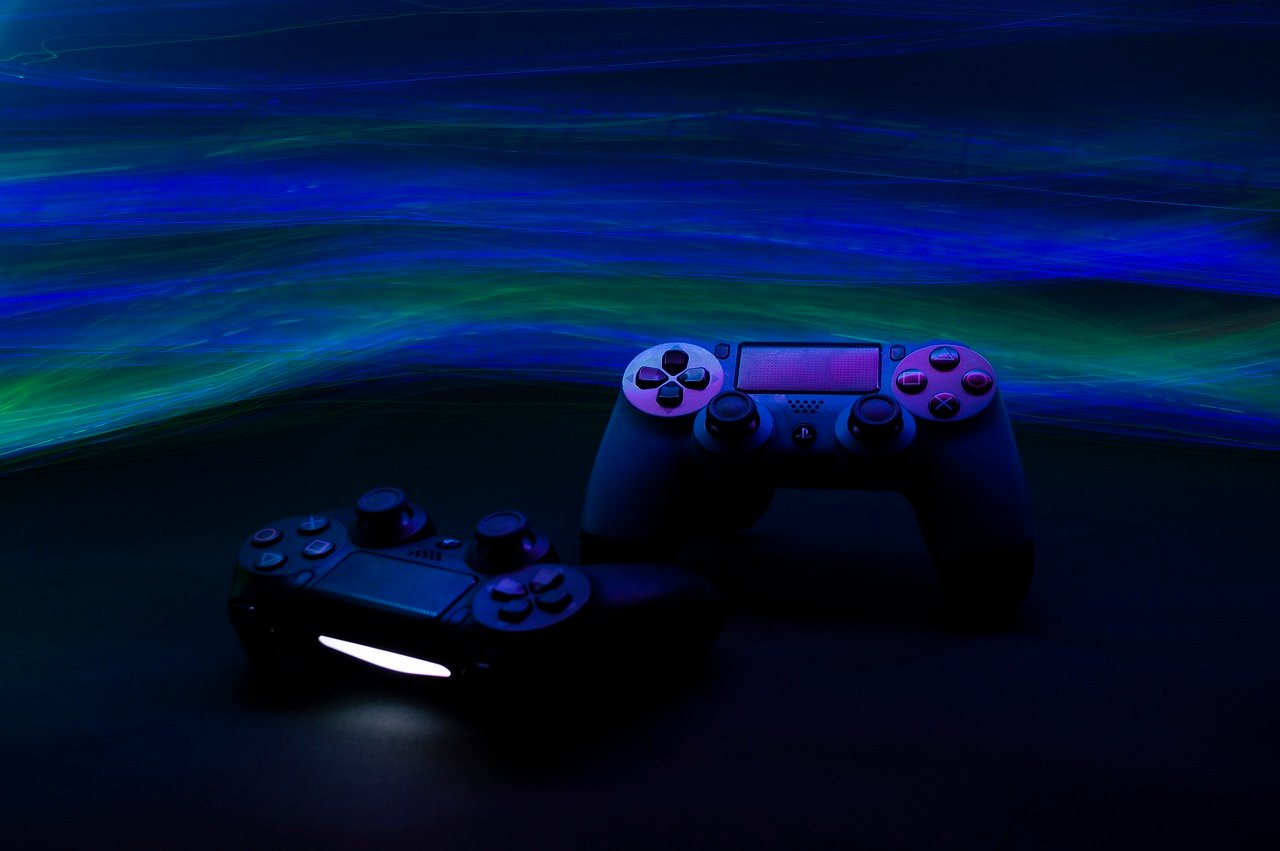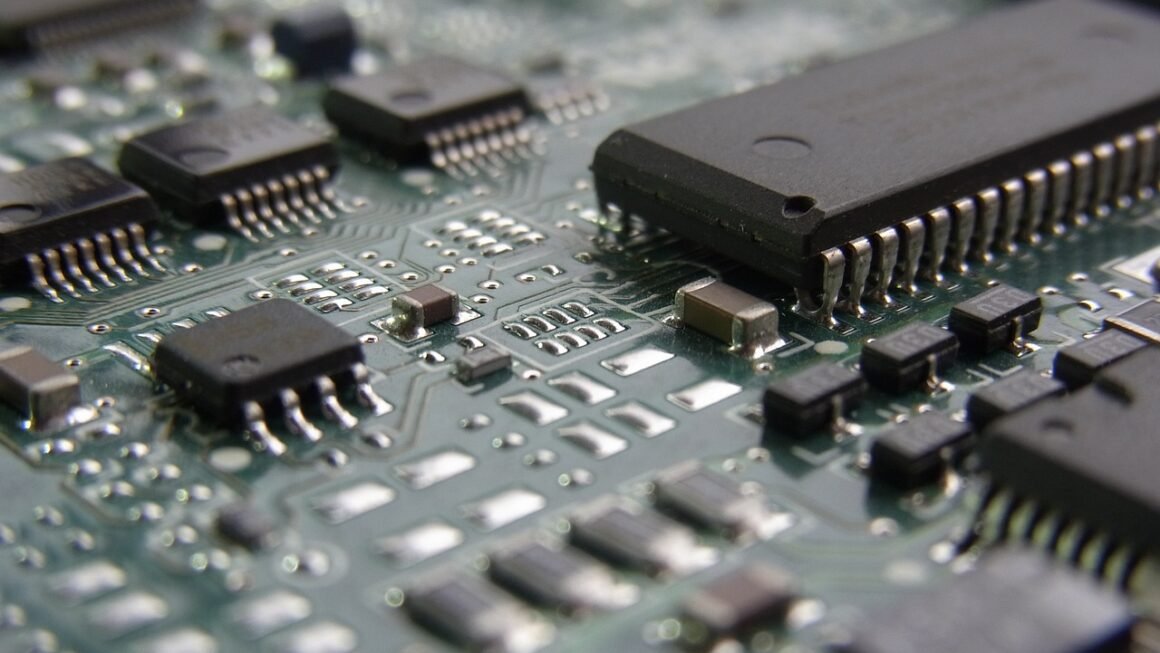The world is strapped in and plugged in, quite literally! Wearable technology has exploded from niche gadgets to essential components of our daily lives. From tracking our steps to monitoring vital signs, these devices are changing how we interact with our health, fitness, communication, and even entertainment. Let’s dive into the fascinating realm of wearable tech and explore its current state and future potential.
The Rise of Wearable Technology
What Exactly is Wearable Tech?
Wearable technology, also known as wearables, refers to electronic devices that can be worn on the body, either as accessories or as part of clothing. These devices typically incorporate sensors to collect data about the wearer’s activities, environment, and even physiological state. This data can then be analyzed to provide insights, notifications, and even control other devices.
Key Types of Wearable Devices
The wearable tech market is diverse, with devices catering to various needs and preferences. Here are some of the most popular categories:
- Smartwatches: These are wrist-worn devices offering features like timekeeping, notifications, fitness tracking, communication, and even app integration. Examples include Apple Watch, Samsung Galaxy Watch, and Fitbit Versa.
- Fitness Trackers: Primarily focused on monitoring physical activity, these devices track steps, distance, calories burned, sleep patterns, and heart rate. Fitbit trackers, Garmin devices, and Xiaomi Mi Bands are popular choices.
- Smart Glasses: These glasses offer augmented reality (AR) or virtual reality (VR) experiences, providing users with information overlaid onto their field of view. Google Glass and various AR headsets fall into this category.
- Headphones and Earbuds: Beyond just audio playback, many headphones and earbuds now incorporate features like noise cancellation, heart rate monitoring, and voice assistant integration. Examples include Apple AirPods, Sony WH-1000XM5, and Bose QuietComfort Earbuds.
- Smart Clothing: Clothing embedded with sensors to track various metrics, such as muscle activity, posture, and body temperature. This is often used in athletic training and healthcare applications.
- Medical Wearables: Devices designed for medical monitoring and diagnostics, such as continuous glucose monitors (CGMs), heart rhythm monitors, and wearable blood pressure monitors.
Health and Fitness Applications
Tracking and Monitoring
One of the most significant impacts of wearable tech is in the realm of health and fitness. These devices provide users with a wealth of data about their physical activity levels, sleep patterns, and vital signs, empowering them to make informed decisions about their well-being.
- Activity Tracking: Wearables accurately track steps taken, distance traveled, and calories burned, motivating users to stay active. Many devices offer personalized goals and challenges.
- Heart Rate Monitoring: Continuous heart rate monitoring provides valuable insights into cardiovascular health, helping users track their exertion levels during workouts and identify potential anomalies.
- Sleep Tracking: Wearables monitor sleep stages, providing data on sleep duration, sleep quality, and potential sleep disturbances. This information can help users improve their sleep hygiene.
- Blood Oxygen Saturation (SpO2) Monitoring: Some wearables can measure blood oxygen saturation levels, which can be helpful for monitoring respiratory health and detecting potential issues like sleep apnea.
Remote Patient Monitoring
Wearable tech is revolutionizing healthcare by enabling remote patient monitoring. This allows healthcare providers to track patients’ vital signs and health data remotely, facilitating early detection of health problems and personalized treatment plans.
- Continuous Glucose Monitoring (CGM): CGMs are wearable devices that continuously monitor blood glucose levels in people with diabetes, eliminating the need for frequent finger pricks.
- Cardiac Monitoring: Wearable ECG monitors can detect irregular heart rhythms, allowing for early diagnosis and treatment of heart conditions.
- Medication Adherence: Smart medication dispensers can track when patients take their medication and send reminders to improve adherence.
- Actionable Takeaway: Use wearable tech to track your daily activity and sleep patterns. Analyze the data and identify areas where you can improve your lifestyle.
Communication and Productivity
Staying Connected
Wearable tech helps users stay connected and productive without constantly needing to reach for their smartphones. Smartwatches and other devices provide notifications, communication features, and access to essential apps directly on the wrist.
- Notifications: Receive notifications for calls, texts, emails, and social media alerts without having to check your phone.
- Communication: Make and receive calls directly from your smartwatch, send quick replies to messages, and even use voice assistants for hands-free communication.
- Productivity: Manage your calendar, set reminders, and access essential apps like weather forecasts, news headlines, and navigation tools.
Enhanced Productivity
Wearables can improve productivity by providing quick access to information, streamlining workflows, and reducing distractions. Features like voice assistants and mobile payments can further enhance productivity.
- Voice Assistants: Use voice commands to set reminders, send messages, make calls, and control smart home devices without having to use your hands.
- Mobile Payments: Make contactless payments with your smartwatch or fitness tracker, eliminating the need to carry a wallet or phone.
- Customizable Alerts: Filter and prioritize notifications to minimize distractions and focus on important tasks.
- Actionable Takeaway: Set up custom notifications on your smartwatch to minimize distractions and stay focused on your work. Use voice commands to manage your calendar and set reminders.
Entertainment and Gaming
Immersive Experiences
Wearable tech is transforming entertainment and gaming by providing more immersive and interactive experiences. VR headsets, AR glasses, and other devices are blurring the lines between the digital and physical worlds.
- Virtual Reality (VR): VR headsets transport users to virtual environments, allowing them to play games, watch movies, and experience simulations in a completely immersive way. Examples include Meta Quest and HTC Vive.
- Augmented Reality (AR): AR glasses overlay digital information onto the real world, enhancing the user’s perception and providing interactive experiences. Examples include Microsoft HoloLens and Magic Leap.
- Gesture Control: Some wearables allow users to control games and applications with hand gestures, providing a more intuitive and engaging user interface.
Interactive Gaming
Wearables are enhancing gaming by providing motion tracking, haptic feedback, and other features that make games more immersive and interactive.
- Motion Tracking: Wearables can track the user’s movements and translate them into actions within the game, creating a more realistic and engaging experience.
- Haptic Feedback: Wearables can provide tactile feedback, such as vibrations or pressure, to simulate the feeling of objects and events within the game.
- Biometric Data: Some games are starting to incorporate biometric data from wearables, such as heart rate and stress levels, to dynamically adjust the gameplay and create more personalized experiences.
- Actionable Takeaway: Explore VR and AR gaming to experience immersive and interactive entertainment. Experiment with gesture controls and haptic feedback to enhance your gaming experience.
Challenges and Future Trends
Addressing Current Limitations
Despite its rapid growth, wearable tech still faces several challenges that need to be addressed to unlock its full potential.
- Battery Life: Many wearables suffer from limited battery life, requiring frequent charging. Improving battery efficiency is crucial for enhancing user experience.
- Privacy Concerns: Wearable devices collect vast amounts of personal data, raising concerns about privacy and security. Stronger data protection measures are needed to protect user information.
- Accuracy Issues: The accuracy of some wearable sensors can be affected by factors such as skin tone, body size, and activity level. Improving sensor accuracy is essential for reliable data.
- Integration Challenges: Integrating data from different wearable devices and platforms can be difficult. Developing standardized protocols and APIs is needed to improve interoperability.
Emerging Trends
The future of wearable tech is bright, with several emerging trends poised to shape the industry in the coming years.
- Advanced Sensors: We can expect to see the development of more advanced sensors that can track a wider range of health metrics, such as blood pressure, blood glucose, and hydration levels.
- AI Integration: Artificial intelligence (AI) will play a growing role in wearable tech, enabling personalized insights, predictive analytics, and automated health recommendations.
- Personalized Healthcare: Wearable tech will increasingly be used to deliver personalized healthcare solutions, tailored to individual needs and preferences.
- Seamless Integration: Wearables will become more seamlessly integrated into our daily lives, with smaller, more discreet designs and improved connectivity with other devices and platforms.
- Mental Wellness: Wearables will increasingly focus on mental health tracking stress levels, sleep quality, and potentially even mood using biosensors.
- The Metaverse:* Expect increased interoperability with metaverse platforms, using wearables for navigation, social interaction, and immersive experiences.
Conclusion
Wearable technology has already made a significant impact on our lives, and its potential for future growth is immense. From revolutionizing healthcare to enhancing communication and entertainment, these devices are empowering us to live healthier, more connected, and more productive lives. As technology continues to advance, we can expect to see even more innovative and sophisticated wearable devices emerge, further blurring the lines between the digital and physical worlds. By addressing current limitations and embracing emerging trends, wearable tech has the power to transform the way we live, work, and interact with the world around us.



